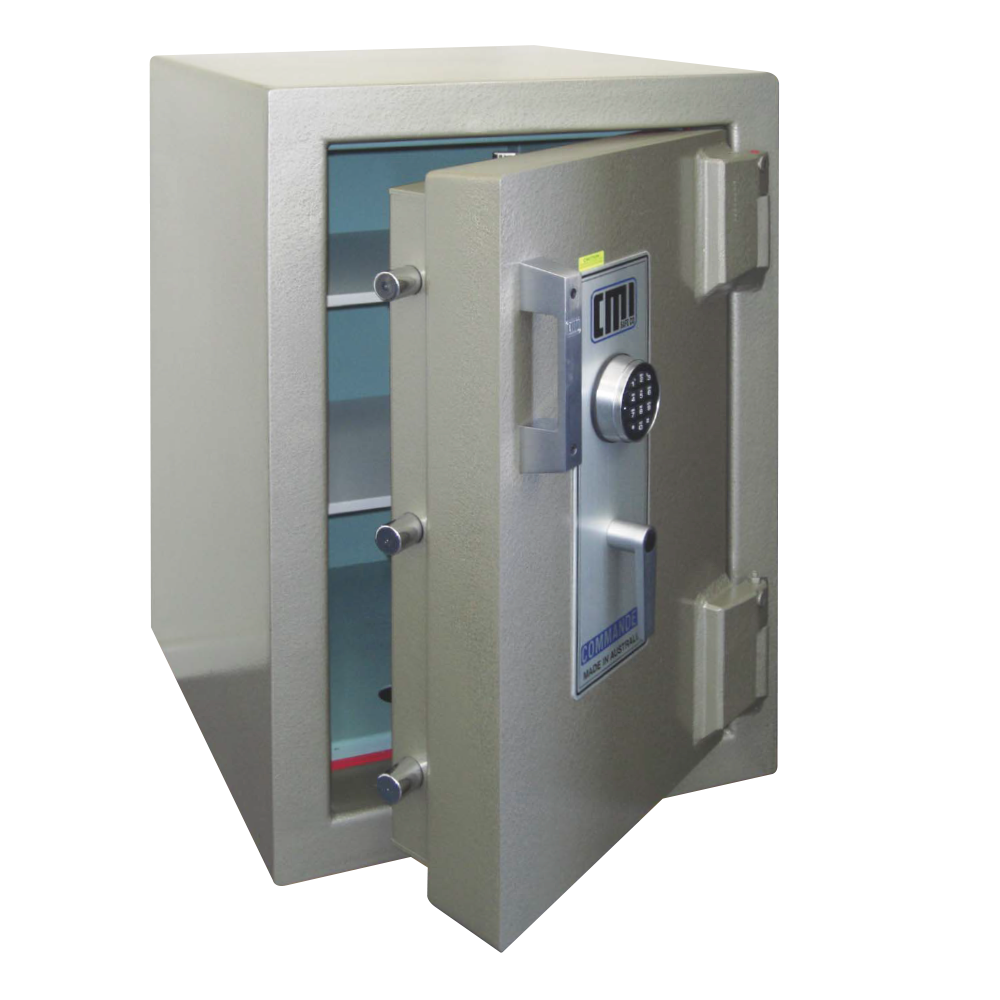Fascination About Commercial Safes
Table of ContentsThe 9-Minute Rule for Drug SafesNot known Facts About Home Office SafesNot known Facts About Perth Safe Company

The is a framework for helping make decisions about making efficient use of data which is personal or delicate. It is primarily utilized to describe or create research study access to statistical information held by government companies, and by information archives such as the UK Data Service. Two of the 5 Safes refer to statistical disclosure control, therefore the 5 Safes is usually utilized to contrast analytical and non-statistical controls when comparing data management alternatives.
The mix of the controls leads to 'safe use'. These are most typically revealed as questions, for example: Safe projects Is this use of the data suitable? Safe people Can the users be depended utilize it in a suitable manner? Safe settings Does the gain access to facility limit unauthorised usage? Safe information Is there a disclosure risk in the information itself? Safe outputs Are the statistical outcomes non-disclosive? These dimensions are scales, not limits.
For example, a public usage file readily available for open download can not control who uses it, where or for what purpose, therefore all the control (protection) should remain in the data itself. On the other hand, a file which is just accessed through a safe and secure environment with licensed users can contain very sensitive info: the non-statistical controls permit the information to be 'risky'.
There is no 'order' to the Five Safes, because one is necessarily more crucial than the others. Nevertheless, Ritchie argued that the 'managerial' controls (jobs, people, setting) should be attended to before the 'analytical' controls (information, output). Safes perth. The 5 Safes idea is connected with other subjects which developed from the same program at ONS, although these are not necessarily implemented.

The Only Guide to Commercial Safes
This discussion follows the concept of 'data as a recurring', in addition to data security laws of the time which often characterised information just as confidential or not confidential. A comparable concept had already safest oral ms drug been developed individually in 2001 by Chuck Humphrey of the Canadian RDC network, the 'continuum of gain access to'.
The 5 Safes was created in the winter of 2002/2003 by Felix Ritchie at the UK Office for National Stats (ONS) to explain its safe and secure remote-access Virtual Microdata Laboratory (VML). It was described at this time as the 'VML Security Model'. This was embraced by the NORC data enclave, and more extensively in the United States, as the 'portfolio design' (although this is now also used to refer to a somewhat various legal/statistical/educational breakdown). deposit boxes.
The initial structure only had four safes (jobs, individuals, settings and outputs): the framework was used to explain extremely detailed data access through a secure environment, therefore the 'data' dimension was irrelevant. From 2007 onwards, 'safe information' was included as the framework was used to an explain a wider series of ONS activities.
Some conversations, such as the OECD, utilize the term 'safe' instead 'safe'. Nevertheless, using both these terms can trigger presentational problems: less control in a specific measurement could be seen to imply 'hazardous users' or 'insecure settings', for instance, which distracts from the main message. Thus, the Australian government uses the term "5 information sharing concepts".
There is no referral to the 5 Safes or any associated literature. The Australian variation was required to consist of recommendations to the Five Safes, and presented it as an alternative without comment. The structure has had 3 usages: pedagogical, descriptive, and style. The latter is a relatively current development. The very first substantial use of the framework, besides internal administrative use, was to structure researcher training home courses at the UK Workplace for National Stats from 2003.
The Best Guide To Home Office Safes
Eurostat in 2011). An early use was to assist determine areas where ONS' still had 'irreducible dangers' in its provision of secure remote gain access to. The framework is mainly used for confidential social science information. To date it appears to have actually made little effect on medical research study planning, although it is now included in the modified guidelines on carrying out HIPAA policies in the US, and by Cancer Research Study UK and the Health Foundation More Bonuses in the UK.
In basic the Five Safes has been utilized to describe services post-factum, and to explain/justify options made, however an increasing number of organisations have utilized the framework to develop information gain access to solutions. For instance, the Hellenic Statistical Company developed an information technique built around the Five Safes in 2016; the UK Health Foundation used the Five Safes to develop its information management and training programmes.
The major style usage is in Australia: both the Australian Bureau of Statistics and the Australian Department of Social Service used the Five Safes as an ex ante style tool. In 2017 the Australian Performance Commission recommended adopting a version of the structure to support cross-government information sharing and re-use.